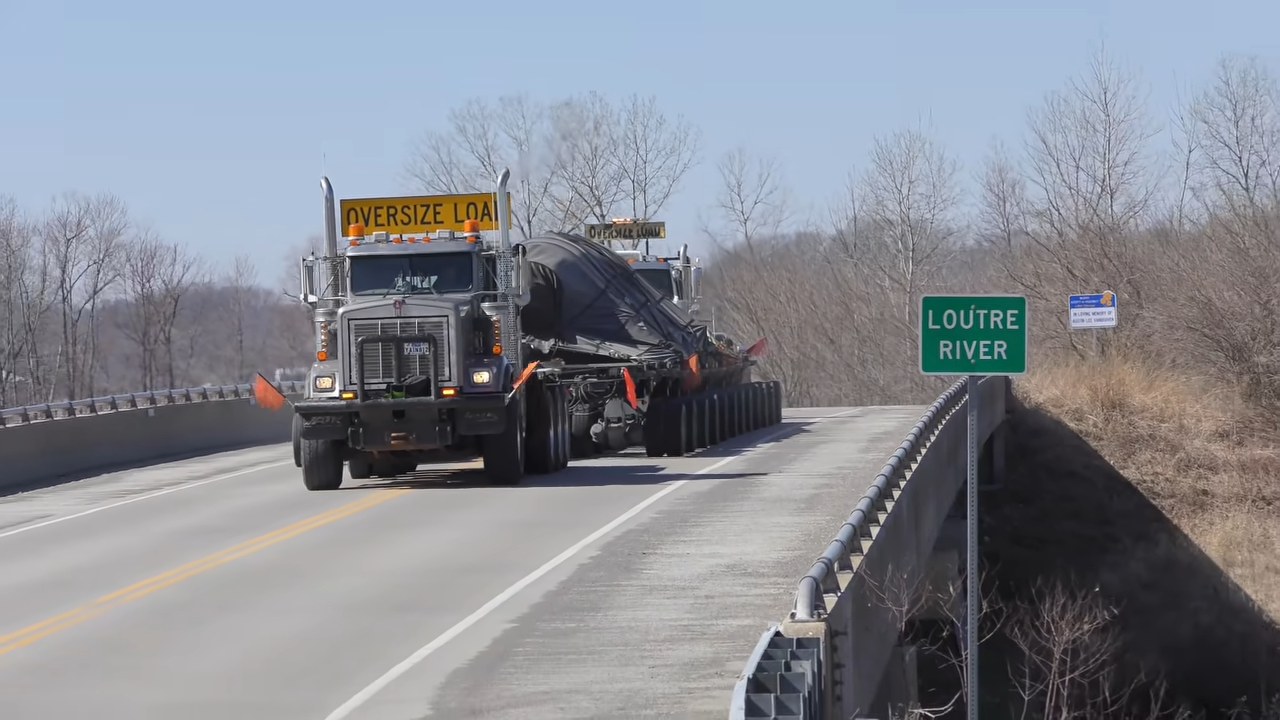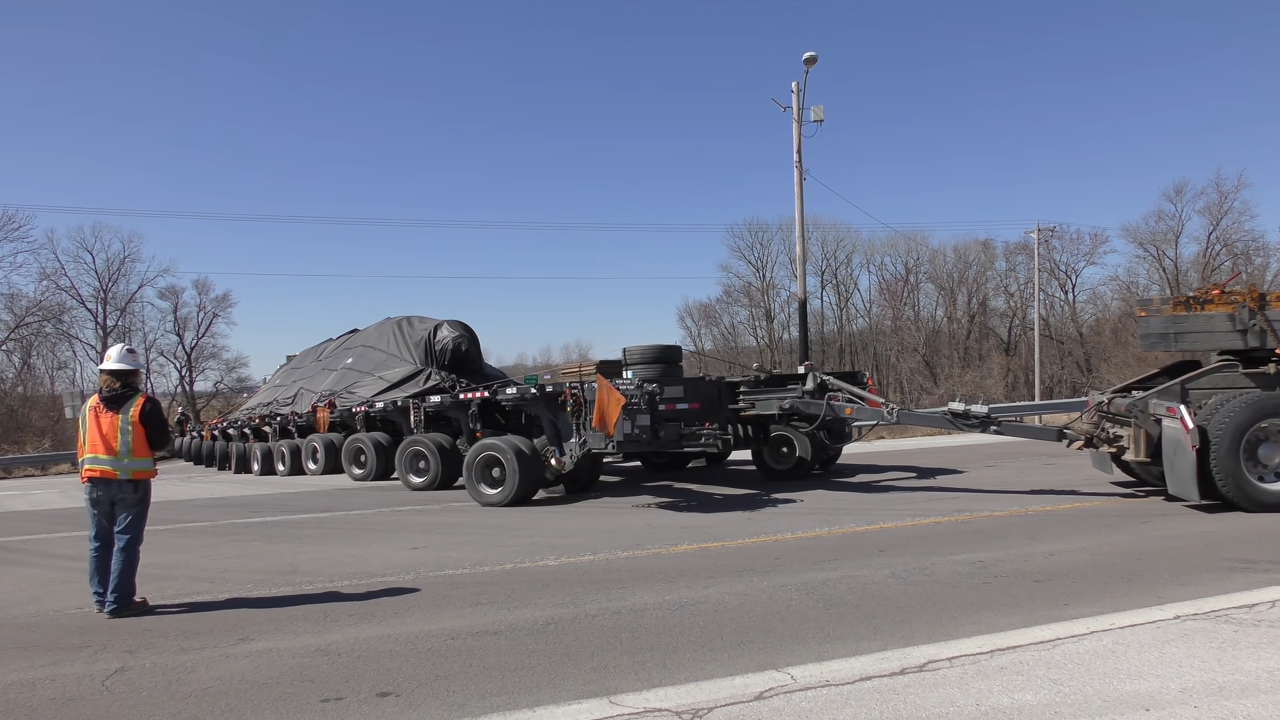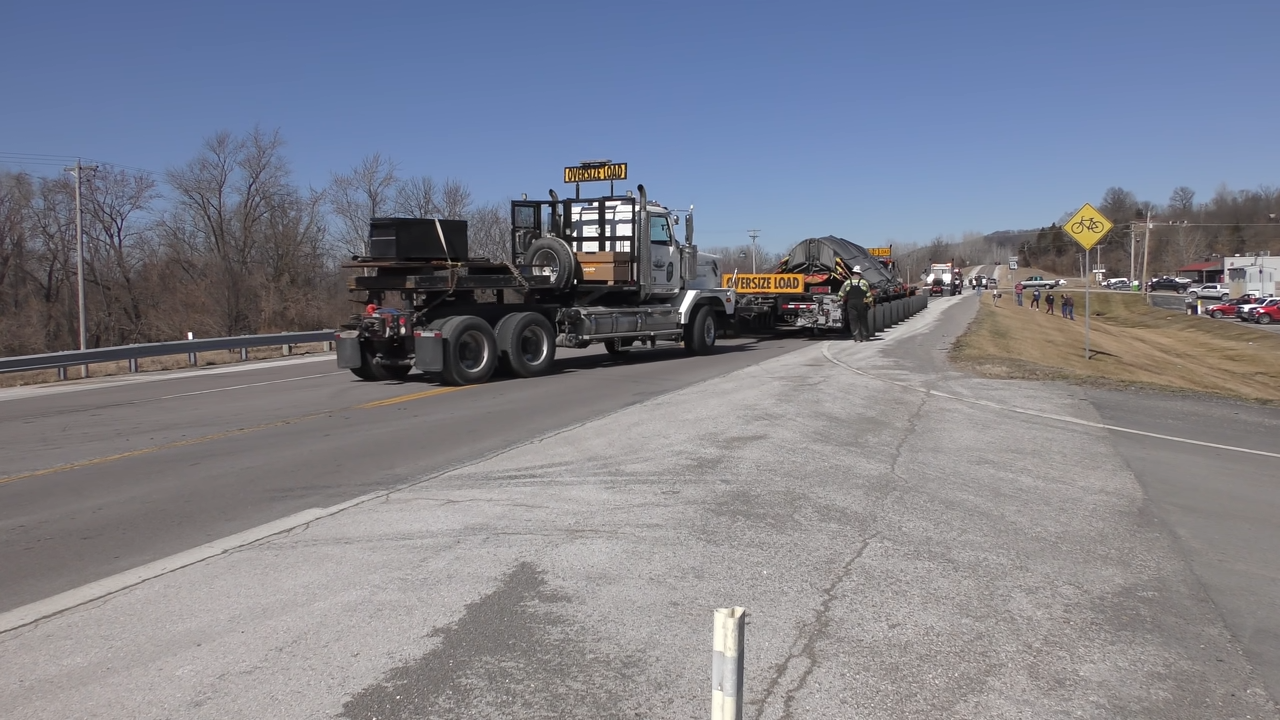Very heavy transport is a remarkable field that combines engineering prowess, meticulous planning, and cutting-edge technology to move colossal structures from one location to another. These massive undertakings are crucial for various industries, including construction, energy, and manufacturing, where transporting enormous components or equipment is often a logistical necessity.

Understanding Very Heavy Transport
At its core, very heavy transport involves moving objects that are too large or heavy for conventional transport methods. This could include anything from industrial machinery and prefabricated building sections to massive wind turbine blades and offshore oil rig components. The key to successful heavy transport lies in careful planning, specialized equipment, and experienced personnel.

The Planning Phase
Planning is the cornerstone of any heavy transport operation. The process begins with a thorough assessment of the load’s dimensions, weight, and structural integrity. Engineers and project managers work together to devise a detailed plan that outlines the route, timing, and necessary permits. This phase also involves identifying potential obstacles and challenges, such as low bridges, narrow roads, and weight restrictions.
Specialized Equipment
The equipment used in very heavy transport is as specialized as it is powerful. Self-propelled modular transporters (SPMTs) are a common sight in these operations. These multi-axle platforms can be configured in various ways to accommodate different load sizes and weights. Hydraulic jacks, cranes, and other lifting devices are also essential, allowing for precise maneuvering and placement of the load.

Executing the Move
Executing a very heavy transport operation requires a coordinated effort from a team of skilled professionals. Drivers, operators, engineers, and safety personnel must work in harmony to ensure the load is moved safely and efficiently. Communication is critical, with real-time updates and adjustments being made as needed to address any unforeseen issues.

Safety Considerations
Safety is paramount in very heavy transport. Every aspect of the operation is scrutinized to minimize risks to personnel and the public. This includes conducting thorough inspections of equipment, adhering to stringent safety protocols, and implementing contingency plans for emergencies. The safety of the load itself is also a priority, with measures in place to prevent damage during transit.
Challenges and Innovations
Very heavy transport is not without its challenges. Navigating urban environments, dealing with unpredictable weather conditions, and adhering to regulatory requirements are just a few of the obstacles that must be overcome. However, advancements in technology and engineering continue to push the boundaries of what is possible. Innovations such as remote monitoring, automated systems, and advanced materials are helping to make heavy transport operations more efficient and reliable.

Conclusion
Very heavy transport is a testament to human ingenuity and the power of collaboration. It is a field that demands precision, expertise, and unwavering commitment to safety. As industries continue to grow and evolve, the need for efficient and effective heavy transport solutions will only become more critical. By leveraging the latest technologies and best practices, professionals in this field are ensuring that even the heaviest loads can be moved with confidence and care.





